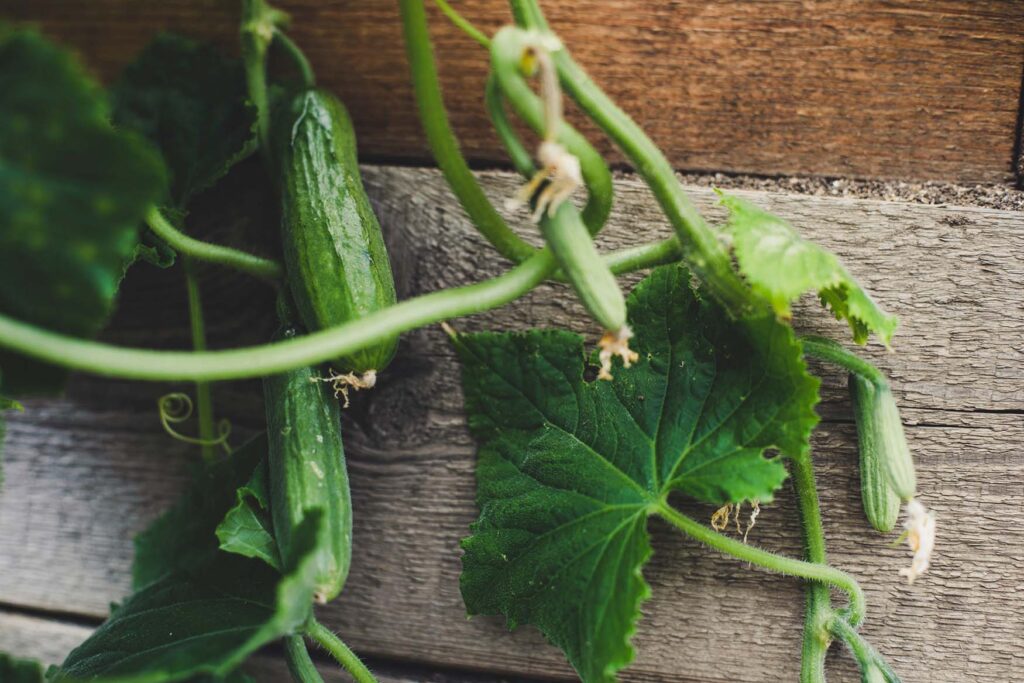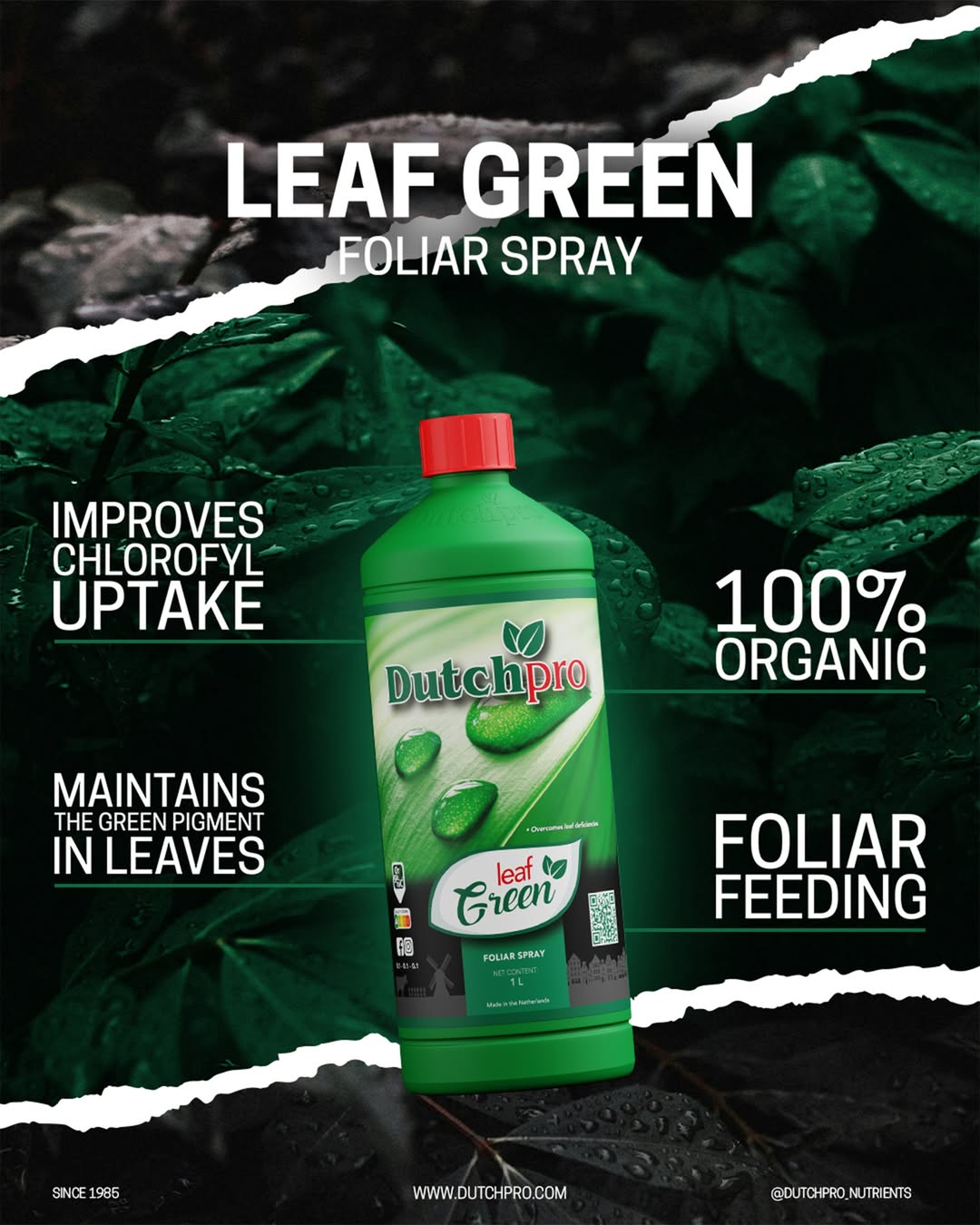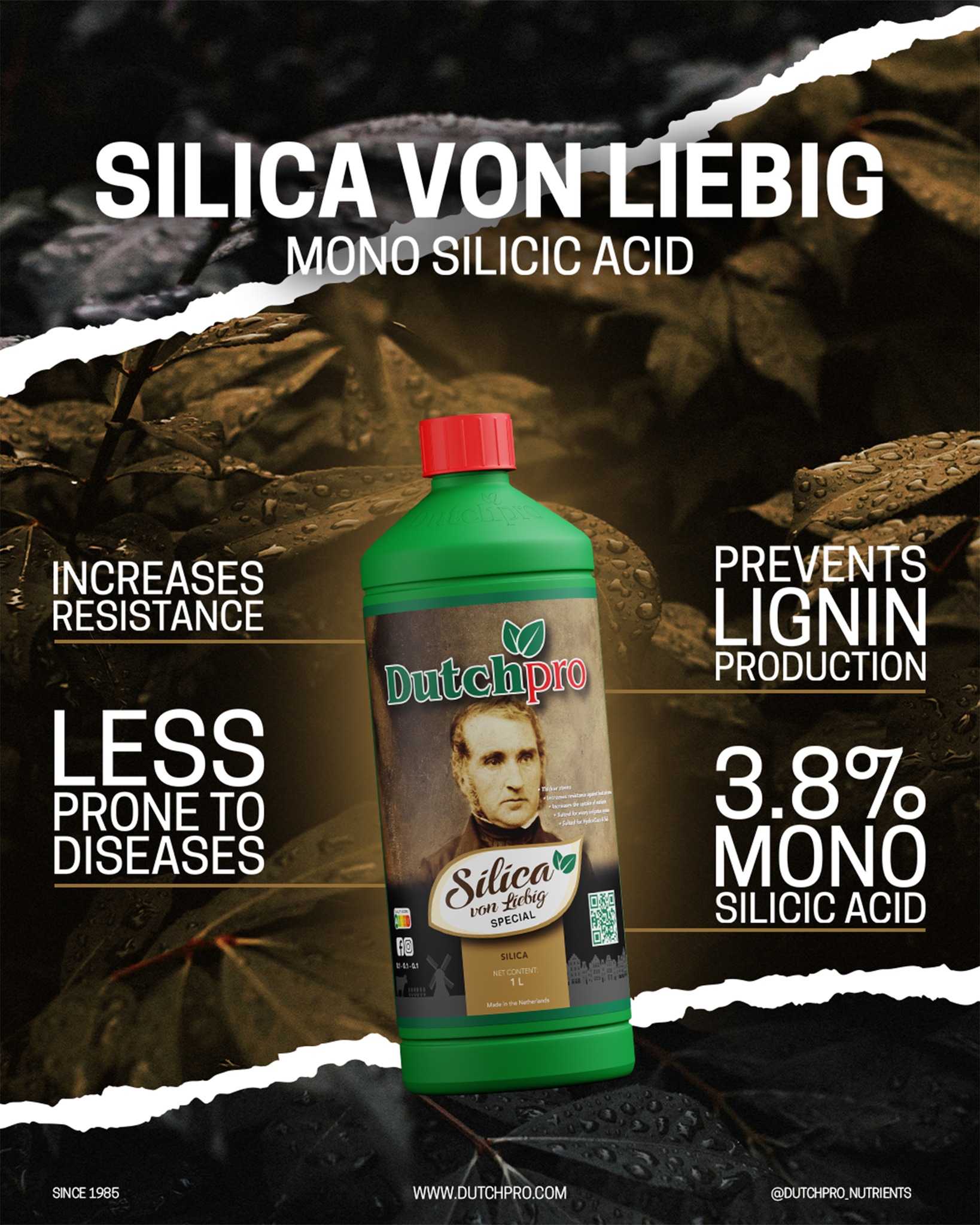Harvesting refers to the process of gathering crops or plants at the peak of their maturity for consumption or further processing. It is an essential step in the agricultural cycle and it is necessary to be performed at the right time to ensure optimal quality and yield. The timing and methods of harvesting vary depending on the type of crop and its intended use, whether it is for consumption or further processing. The plants should be harvested when they are at their peak of maturity, if harvested too early the plant may not be fully developed and if harvested too late it might affect the taste, texture and overall quality of the plant.
In this article we will provide you with all the information you need about harvesting. This is the Ultimate Guide about harvesting.
- General information
- The start of crop harvesting
- Different types of harvesting
- When to harvest
- Harvesting too late or too early
- Clean tools
- New harvesting technologies
2 The start of crop harvesting
Humans have been harvesting crops for thousands of years. The exact origins of crop harvesting are not well-documented, but it is believed that it began around 12,000-10,000 BCE in the Fertile Crescent region, which includes present-day Iraq, Syria, Lebanon, Jordan, and Israel. The Fertile Crescent was home to some of the earliest settled human communities, and it had a favorable climate for the growth of wild grasses, such as barley and emmer wheat.
Humans began to cultivate these wild grasses, which eventually led to the domestication of these plants. This marked the transition from a hunting and gathering lifestyle to a settled, agrarian one. This allowed human communities to produce more food than they could gather, and this surplus allowed for the development of larger, more complex societies.
The first methods of harvesting were simple, mostly using hand tools like stones, sticks and later on, bronze and iron tools. People would gather the grain by cutting the stalks and then threshing the seeds by hitting them against a hard surface or with an animal, such as a donkey. Then, they would winnow the grain to separate the chaff from the seed.
As time went on, humans developed more sophisticated tools and methods for harvesting. For example, the invention of the plow allowed farmers to prepare the land more efficiently, and the invention of the threshing machine made the process of separating the grain from the chaff faster and more efficient. The use of machines in harvesting allowed farmers to produce more food on less land, which allowed for the growth of larger, more complex societies.

3. Different types of harvesting
There are several different types of harvesting methods that are used in agriculture, each with its own unique set of advantages and disadvantages.
Manual harvesting:
This type of harvesting is done by hand, using tools such as sickles, scythes, and knives. It is typically used for small-scale farming operations or for crops that are difficult to harvest with machinery. One of the main benefits of manual harvesting is that it is relatively inexpensive and can be done by a small number of people. However, it is a labor-intensive process and can be time-consuming.
Mechanical harvesting:
This type of harvesting involves the use of machines such as combine harvesters, reapers, and threshers. It is typically used for large-scale farming operations and for crops that are easy to harvest with machinery, such as grains and some fruits. Mechanical harvesting is generally faster and more efficient than manual harvesting, but it can also be more expensive and can cause damage to crops.
Selective harvesting:
This type of harvesting involves the removal of specific plant parts, rather than the whole plant. It can be done manually or with machines and is typically used for crops such as fruits, vegetables, and nuts. This method allows for the crop to be harvested at different stages, maximizing the yield and minimizing waste.
Strip harvesting:
This type of harvesting involves the removal of specific rows or sections of a crop, rather than the whole field. It is typically used for crops such as sugarcane, cotton, and some fruits. This method allows for the crop to be harvested in stages, allowing for a more efficient use of resources.
Continuous harvesting:
This type of harvesting involves the removal of a crop as soon as it reaches maturity, without waiting for the entire field to be ready. It is typically used for crops such as leafy vegetables and herbs, this method allows for a steady supply of the crop and minimizes waste.

4. When to harvest
The timing of crop harvesting is crucial for achieving optimal yield and quality. It is important to harvest the crop at the right time to ensure that it is at its peak of maturity and to avoid losing the crop to pests, disease, or weather.
The best time to harvest a crop will depend on the type of crop, its intended use, and local growing conditions. For example, fruits such as tomatoes and cucumbers should be harvested when they are fully ripe, while root vegetables such as carrots and potatoes should be harvested after the leaves have died back.
One way to determine when a crop is ready to be harvested is to observe the crop itself. For example, the color of the fruit or vegetable can be an indicator of maturity. If a tomato is fully ripe, it will be deep red and firm to the touch. The size and shape of the fruit or vegetable can also be an indicator of maturity.
Another way to determine when to harvest is by observing the plant as a whole, for example, if the leaves are yellowing and starting to dry, it could be a sign that the root vegetables such as carrots, potatoes or beetroots are ready to be harvested.
It’s also important to pay attention to the weather. Heavy rainfall or strong winds can damage crops, so it’s best to harvest them before bad weather strikes.
In addition to the plant’s indicators, you can also use tools such as a refractometer to measure the brix reading, which can indicate the sugar content of the fruit or vegetable. This can be a useful indicator of maturity for fruits and vegetables like berries, melons or fruits with a high sugar content like peaches, plums, etc.
5. Harvesting too late or too early
Harvesting crops too early can have a number of negative effects, including reduced yield and quality.
One of the main problems with harvesting crops too early is that the fruit or vegetable will not be fully mature. This can result in a less flavorful and less nutritious product. For example, if a tomato is harvested before it is fully ripe, it will be less sweet and less juicy than a fully ripe tomato. Similarly, if root vegetables such as carrots or potatoes are harvested too early, they may be smaller and less sweet than if they were allowed to mature further.
Another problem with harvesting crops too early is that the fruit or vegetable may not have developed a tough enough skin or rind, making them more susceptible to disease, rot and pest damage before they reach their final destination.
Additionally, if you harvest your crop too early, you may not get as much yield as you would have gotten if you waited until the crop was fully mature. Crops that are harvested too early may not have had time to produce as many fruit or vegetables as they would have if they were allowed to mature fully.
Harvesting crops too late can also have a negative effect on yield and quality.
One of the main issues with harvesting crops too late is that the fruit or vegetable may have become overripe or overmature. This can result in a product that is less desirable for consumption, for example, if an apple is harvested too late it may become soft and mealy, and if a carrot is harvested too late it may become woody and less sweet.
Another issue with harvesting crops too late is that the fruit or vegetable may become more susceptible to pests and diseases. Overripe fruit or vegetables can become a breeding ground for pests and may rot or mold more easily. Additionally, if fruits like berries are left on the plant for too long, they may become overripe, and that can lead to the fruits dropping, which is not only a loss of yield, but also a breeding ground for pathogens.
Another problem with harvesting crops too late is that the crop may have already begun to senesce, this means that the plant’s leaves and stems have begun to dry out, which can make the plant less productive or even unproductive. Also, when harvesting too late the plant may have used up all the resources it stored during the growing season and would not be able to produce more fruit or vegetables.

6. Clean tools
Harvesting is a crucial step in the production of food and other agricultural products, and the tools used to harvest are just as important as the crops themselves. Keeping these tools clean and well-maintained can have a significant impact on the quality and safety of the final product.
One of the main reasons to keep harvesting tools clean is to prevent the spread of disease and pests. When tools are used to harvest one crop and then immediately used to harvest another, they can spread disease or pests from one field to another. This can cause serious damage to crops, and can even lead to the complete loss of a crop. By keeping tools clean and sanitized, farmers can prevent the spread of disease and pests and protect their crops from harm.
Another important reason to keep harvesting tools clean is to maintain the quality of the final product. When tools are dirty or contaminated, they can transfer debris and other contaminants to the crops, which can negatively impact the appearance, flavor, and safety of the final product. This can be especially critical for crops that are intended for direct consumption, such as fruits and vegetables. By keeping tools clean, farmers can ensure that the crops they harvest are safe and of the highest quality.
In addition to maintaining the quality of the final product, clean harvesting tools also make the process of harvesting more efficient. When tools are dirty or malfunctioning, they can slow down the harvesting process, which can increase costs and lead to delays in getting the products to market. Clean and well-maintained tools can help to speed up the harvesting process, which can help farmers to maximize their yields and minimize their costs.
7. New harvesting technologies
Harvesting technologies are constantly evolving to make the process of collecting crops more efficient, precise, and sustainable. These new technologies range from precision agriculture techniques to robotic systems and automation.
Precision agriculture is a farming management concept that uses technology to optimize crop yields, reduce waste, and minimize environmental impact. This can be achieved through the use of GPS mapping and guidance systems, precision seeding and fertilizing, and variable-rate application of pesticides and herbicides. These technologies allow farmers to apply inputs only where they are needed, reducing waste and preserving natural resources.
Another area of innovation in harvesting technologies is the use of robotics and automation. Robotic systems can be used for tasks such as planting, pruning, harvesting, and weeding. These systems are equipped with sensors and machine learning algorithms that allow them to navigate the fields and make decisions based on the conditions of the crops. In addition, they can work 24/7 and never get tired, so they can help to increase efficiency and productivity.
In fruits harvesting the use of drones is growing, the drones are used to locate and identify the ripest fruits, and then they autonomously pick them, this can also help to identify diseases early on and target them specifically. This reduces labor costs, speeds up the harvest process, and increases the quality of the final product.
In addition, there are new technologies being developed to make harvesting more sustainable. These include methods for reducing water usage, using alternative energy sources, and recycling or repurposing waste.
Overall, the use of new harvesting technologies is helping to increase the efficiency and sustainability of agriculture. As these technologies continue to evolve, they have the potential to revolutionize the way we grow and collect our food.






